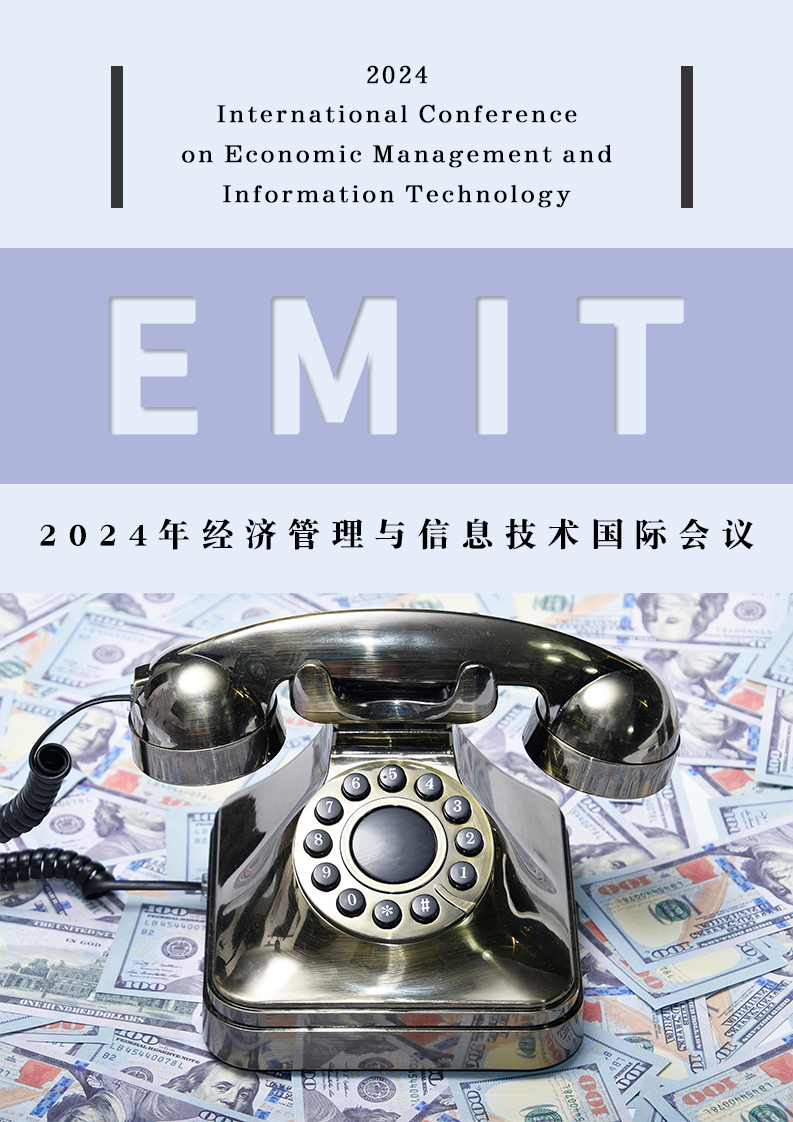Research on the Impact of Urban Agglomeration Spatial Structure on the Innovation Capacity of the New Energy Vehicle Industry

Authors:
Nan Dai
Keywords:
new energy vehicles; innovation capability; spatial structure; influence factor; state transition
Doi:
10.70114/aimedr.2024.1.1.P116
Abstract
As a new productive force, new energy vehicles have the characteristics of high technology, high efficiency, and high quality, which are in line with the advanced productive state of the new development concept. The spatial structure is related to whether the innovative elements of the new energy vehicle industry can be effectively organized, allocated, and produced within the city. This article takes the Beijing Tianjin Hebei Urban Agglomeration, Yangtze River Delta Urban Agglomeration, Chengdu Chongqing Urban Agglomeration, and Pearl River Delta Urban Agglomeration as research objects. Based on fused corrected DMSP/OLS and NPP-VIIRS night light data, it examines the impact of spatial structure on the innovation capacity of the new energy vehicle industry, and explores the transfer of innovation capacity within urban agglomerations, and predicts possible future development paths


